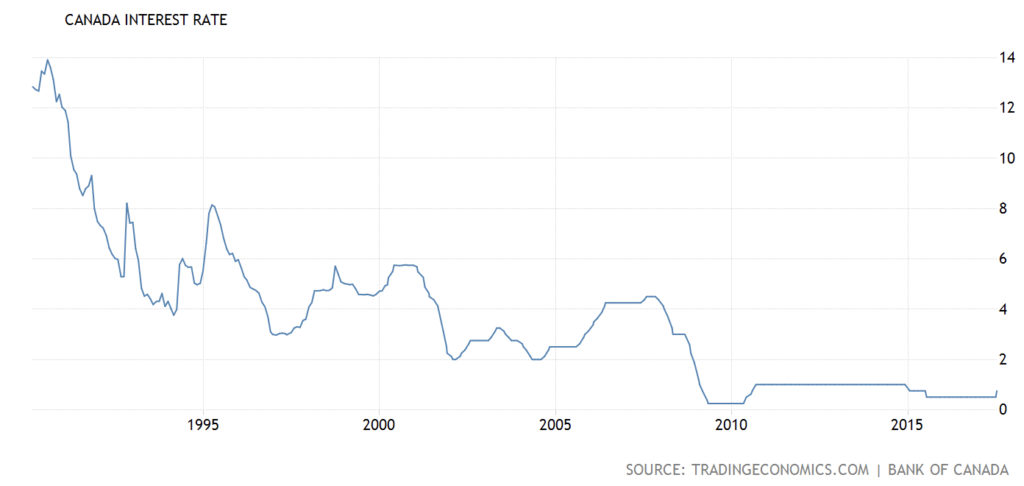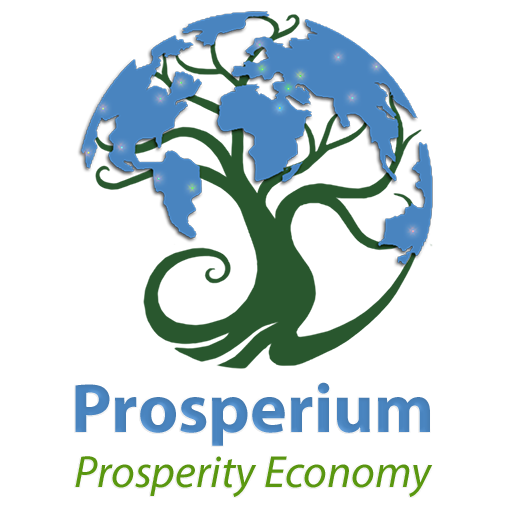Special to the Financial Independence Hub
On July 18, 2017, the Liberal Government announced a significant set of tax proposals designed to close certain tax loopholes that can result in high-income individuals gaining tax advantages that are not available to most Canadians, these include:
- The elimination of “income sprinkling” by paying dividends to family members that own shares in a business or holding company.
- The curbing of “passive investment income,” by imposing additional taxes on money sitting in a corporate investment account.
- The conversion of a corporation’s regular income into capital gains using legal tax strategies that have been around for decades.
In recent interviews, Finance Minister Bill Morneau said that average Canadian business owners need not worry about his proposals, because if you make less than $150,000 per year you will see no increase in taxes paid. He continues to state that he is going after only the wealthiest Canadians that use corporate tax loopholes to gain advantages over the hard-working middle class. It is important to note however, that what Bill Morneau refers to as tax loopholes are in fact legitimate tax planning strategies that have been available to all Canadians for many years.
To help sell these proposals proponents of the new tax have released simple spreadsheets illustrating the impact to an individual in Ontario earning $1.00 of business income who earns over $200,000 and pays tax at the top marginal rate of 53.53%. In other words, the wealthy 1%.
As a financial planner, I know first hand that most small business owners are not wealthy. They are hard working average Canadians who are struggling to build their business, often at the cost of not being able to make regular contributions to retirement plans. As a software designer, I know first hand that simple spreadsheets do not provide enough analysis to come to any meaningful conclusions, due to the complexity of our tax system. All they do is support the opinions of the author.
So, to help bring some meaningful analysis to the position that these proposed changes will not burden middle class business owners, Razor Logic Systems has deployed a temporary version of our financial planning software RazorPlan that addresses one aspect of these proposals, passive investment income. As the largest provider of financial planning software to independent Canadian financial advisors, upon request we will temporarily make this version available to any financial writers, bloggers, the media, and Minister Morneau.
Passive Investment Income
Currently, to eliminate double taxation, a portion of the income tax a CCPC pays on investment income is refundable. In Ontario, the combined Federal and Provincial tax rate is 50.17% made up of 19.5% non-refundable and 30.67% refundable only once the income is paid to the shareholder in the form of a dividend. This effectively ensures that the tax paid on $1.00 is the same regardless of where it originated. The tax proposal aims to eliminate the 30.67% refundable portion, claiming the low tax rate on active business income in a CCPC creates an advantage for individuals with a corporation compared to individuals who earn income personally. Continue Reading…









